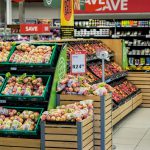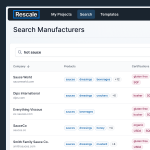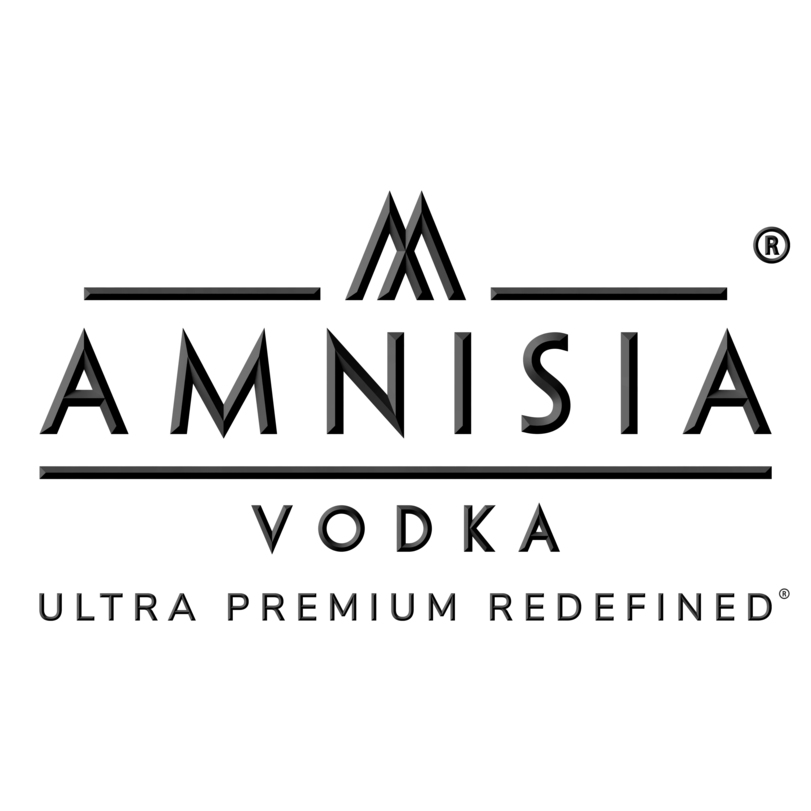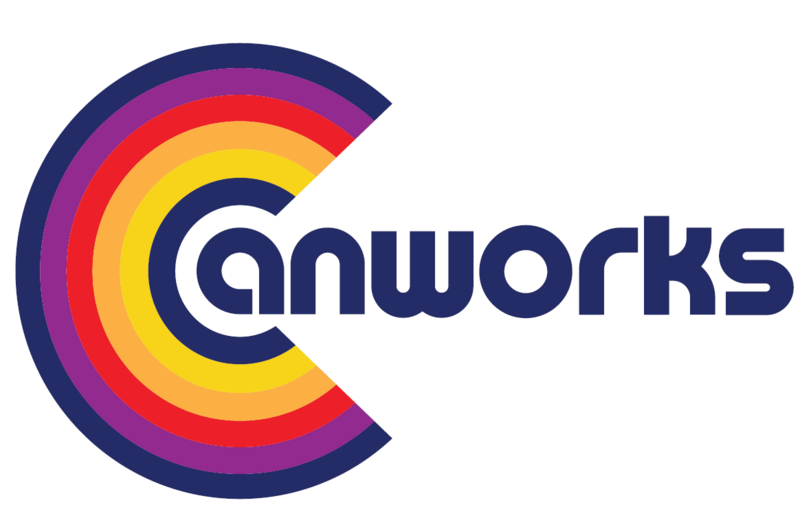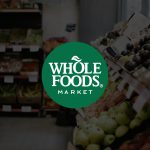Hain Celestial: Supply Volatility, Inflation Drop FY 2022 Sales -4%
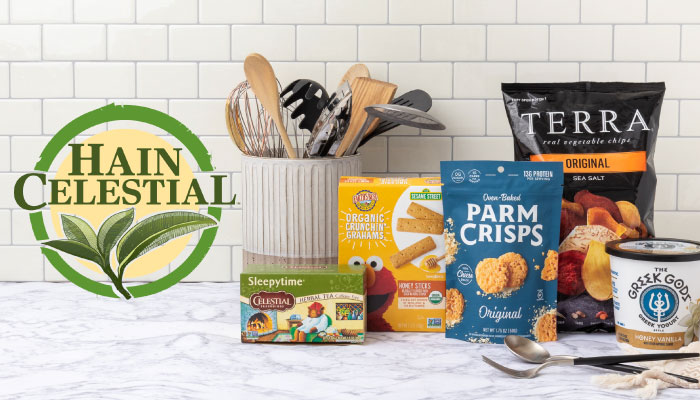
Two months after downgrading its full-year guidance due to “unprecedented volatility” and “numerous challenges,” Hain Celestial announced today that net sales for the full Fiscal Year 2022 dropped 4% year-over-year to $1,891.8 million.
“While our results have been below our expectations and we still face challenges, especially in Europe, we exit the year with strong topline momentum in North America, improving supply chain performance, additional pricing and stabilizing total score revenues in the U.K.,” said Hain Celestial president and CEO, Mark Schiller, in a press release.
Hain, whose portfolio includes…., operates under two reportable segments: North America and international. During the earnings call, Schiller identified three key drivers of Hain’s shortfall: international softness from macroeconomic issues and weaker plant-based categories, supply chain disruptions and increased inflation costs in North America, and unproductive brands and SKUs.
The North America segment accounted for the majority of net sales in FY 2022, ended June 30, increasing 5% year-over-year to $1.1 million. When adjusted for foreign exchange, acquisitions, divestitures and discontinue brands, net sales increased 4% from the previous year primarily due to price increases in the latter half of the year in addition to stronger sales in snacks, baby and personal care categories.
Segment growth profit for the fiscal year 2022 decreased 11% to $259.5 million, while gross margin was 22.3%, a drop of 410-point basis points from the year prior. The company attributed the decline to inflationary and supply chain challenges, such as industry-wide distribution and warehousing costs pressures driven by labor shortages, freight costs and proactive discontinuation of unprofitable SKUs.
During Q4 2022, Hain “proactively eliminated” obsolete inventory” in its North American sanitizer business, which resulted in a $10 million reduction to gross profits.
Meanwhile, the international segment experienced a 16% year-over-year decrease to $728.7 million in FY 2022. When adjusted for foreign exchange and divestitures, net sales decreased 6% due to a decline in sales in the Europe and United Kingdom operating segments.
International segment gross profit for the fiscal year 2022 fell 16% to $167.9 million, while gross margin remained relatively flat at 23%. The decrease in Europe was primarily the result of the loss of a large non-dairy co-manufacturing customer, according to the release. In the United Kingdom, the net sales drop was due to lower sales volume driven by total sales declines resulting from high inflation and lower consumer confidence in the economy.
Looking ahead to Fiscal Year 2023, the company expects adjusted net sales and adjusted EBITDA on a constant currency basis of -1% to +4% compared to the year prior driven by “ongoing momentum” in North America, 2023 price increases (90% of which have already been accepted by retail partners) to offset mid-teens year-over-year inflation, a “productivity pipeline” and an improving, though uncertain, retail environment in the United Kingdom, with continued challenges in Europe.
As the plant-based dairy and plant-based meat category is projected to remain soft in Europe, the company does not plan to expand capacity in FY 2023. “We will wait and see how the category unfolds in the next year or two, assuming it returns to growth and assuming that demand exceeds supply. We’ll revisit that decision,” said Schiller.
Hain also plans to combat inflation by locking in energy in the U.K. for the entire upcoming year at about 60% below the current market price. In Europe, the company has locked in energy for the first half of the year.
“Putting our attention to Fiscal Year 2023, we will continue to transition from Hain 2.0 to Hain 3.0 and return the business to net sales and EBITDA growth,” said Chris Mandeville, managing director of investor relations at ICR, during the earnings call. “We were encouraged by the pricing we’ve already taken, the low elasticity we’re seeing in the market, the evident strength of our growth brands and the significant strides that our supply chain team has taken.”


